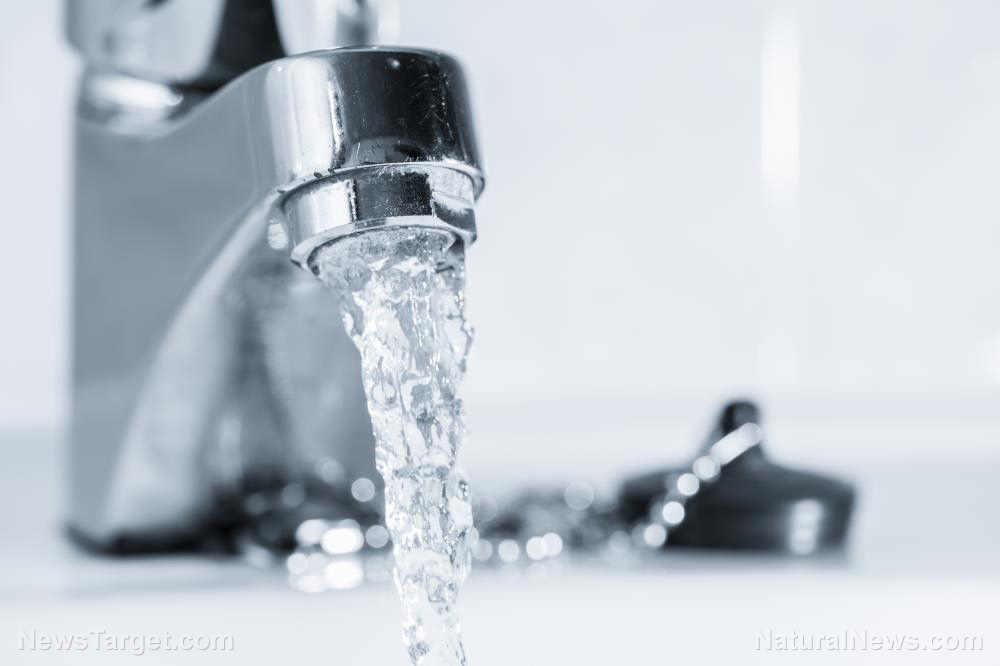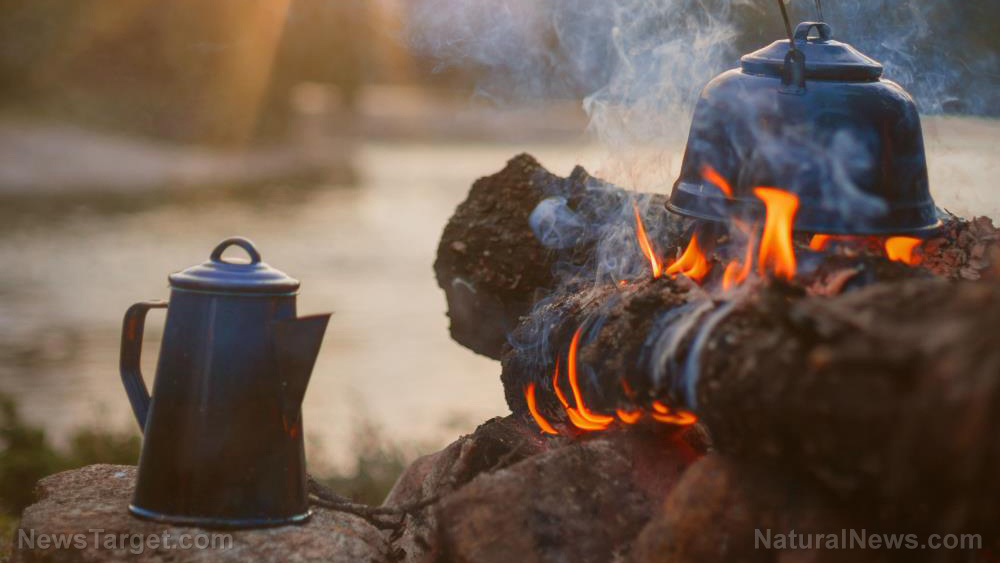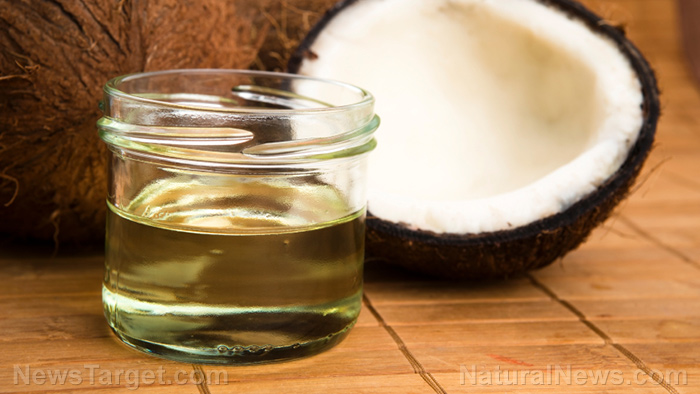
Disinfect your well
One way to disinfect your well is through a technique called the full chlorination method. Here are the steps to do it:- Pump 300 to 500 gallons of water from the well, and put it in a clean water storage tank near the well.
- Pour 10 liters of bleach in the water you have put in the storage tank.
- Remove the cap from the casing of the well.
- Get another four gallons of water and mix it with 10 liters of bleach. After mixing the water and bleach, pour the mixture into the well. Make sure that the mixture will not spill outside the well. You may use a funnel for efficiency.
- Cleanse the casing using a garden hose that is connected to the water supply from the well right after pouring the mixture into the well. Do this for 10 to 15 minutes. By using the water connected to the well, chlorine will be able to circulate.
- Leave the well for one hour to let the chlorine mix further with the water.
- Pour the mixture from the storage tank into the well. Again, make sure that it will not spill onto or into anything outside the well.
- Replace and tighten the well's cap.
- Open all the faucets and flush the toilets connected to the well until you can smell the chlorine. Turn the faucets off afterward. By doing this, the chlorine will be able to circulate throughout the plumbing system of your house. Also, turn off the water supply connected to your toilets.
- Leave the chlorine in the well for at least 12 hours. Make it 24 hours if you have stored enough water before the disinfection.
- Use a hose that is connected to the water supply to flush the well after 12 to 24 hours. Do this until you can no longer smell the chlorine.
- Open all the faucets and flush the toilets connected to the well, until you can no longer smell the chlorine.
- You submit water samples for testing and the test reveals the presence of coliform bacteria or other contaminants.
- When floodwater gets inside the well.
- A new well that has been drilled nearby affects your plumbing system.
- If your well has undergone some repairs or changes.
- After you replace or repair the well pump.
- As part of your maintenance and standard procedures.
Other things you must do
Make sure that no animals can get near the well because their manure can contaminate the water. You also have to avoid parking your vehicles near the well and do not throw garbage or trash into the well or in the surrounding area. You may install a filtration system, which will help improve the taste, odor, appearance and health of your water. There are two main types of well water filtration systems – the whole house water filter and the under sink water filter. The whole house water filter can be installed into your main water line to make sure that all the water that enters your plumbing system has been filtered. Meanwhile, the under sink water filter is more affordable and used to filter just the water for drinking and cooking. (Related: Breakthrough device can easily and accurately measure fluoride concentrations in water.) For more tips on keeping your well water safe from contaminants, visit Homesteading.news. Sources Include: DoomsdayMoose.com Gov.Mb.ca [PDF] PremiereSales.comSurvival planning: The pros and cons of different bug-out vehicles
By Zoey Sky // Share
Not just a weed: 5 Ways to use dandelions in your kitchen
By Zoey Sky // Share
Prepper food supply: How to make Meals, Ready-to-Eat (MREs)
By Zoey Sky // Share
Surviving civil unrest: How to stay safe during riots
By Virgilio Marin // Share
Survival medicine: 10 Medicinal uses of coconut oil
By Virgilio Marin // Share
Survival essentials: Here’s why you should grow food in your home garden before SHTF
By Zoey Sky // Share
Nvidia's $20 billion licensing deal for Groq targets Google's AI chip dominance
By isabelle // Share
The End of Slavery: A radical blueprint for true liberation
By kevinhughes // Share
U.S. cements status as global hydrocarbon superpower
By jacobthomas // Share
Ready-to-eat salads and snack packs RECALLED over Listeria risk
By oliviacook // Share
Winter survival: Essential strategies for a safe long-distance bug-out
By dominguez // Share











